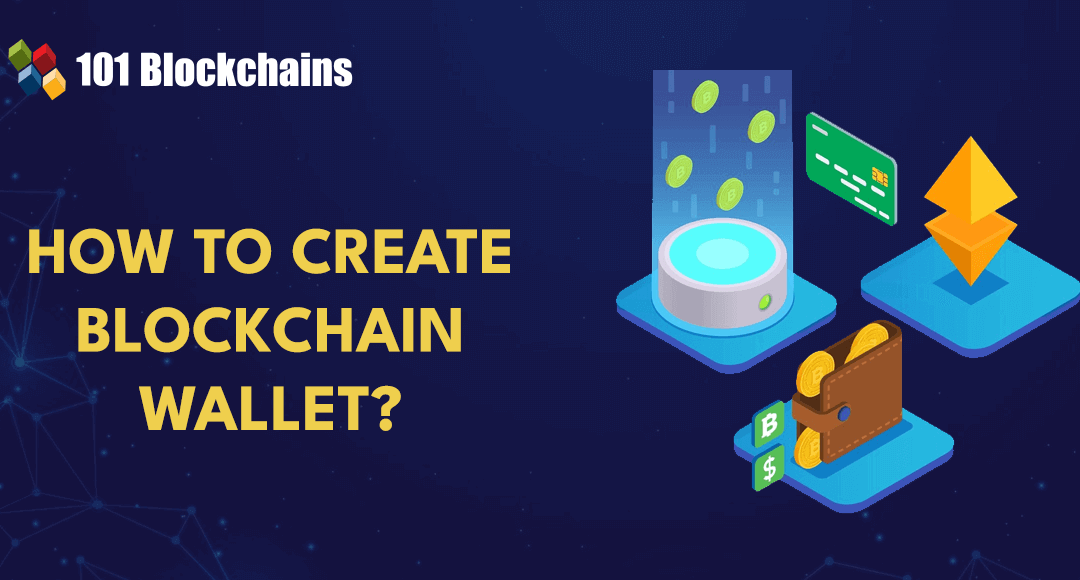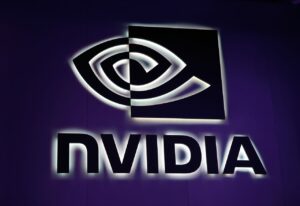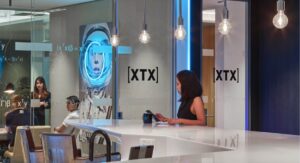Cryptocurrencies and blockchain are almost synonymous technologies with a diverse array of interrelated implications. In recent years, the cryptocurrency market has expanded by huge margins alongside the progress of blockchain towards web3. At this point of time, the world of blockchain has become more than a foundation for creating and trading cryptocurrencies.
The notion of creating a blockchain wallet can turn into a favorable business idea when implemented now. First of all, you can cater to a wide consumer base. On the other hand, a blockchain or crypto wallet gives you the opportunity to tap into the prospects for trading other assets, such as NFTs. Let us take a look at the essential information you need to create a blockchain or crypto wallet.
Build your identity as a certified blockchain expert with 101 Blockchains’ Blockchain Certifications designed to provide enhanced career prospects.
Definition of a Blockchain or Crypto Wallet
You must note that blockchain wallets and crypto wallets are interchangeably used on different occasions due to similarities in function. Before you create a new blockchain wallet, it is important to know what it is. As the name implies, the blockchain wallet is a digital storage for blockchain-based assets. The blockchain-based assets that you can store in a blockchain wallet include cryptocurrencies, tokens, NFTs, and stablecoins.
Blockchain wallet owners can use them to send and receive virtual currencies and monitor their balance and transaction history. You can think of a regular physical wallet that you use for storing fiat currency and cards as the best way to understand blockchain wallets. The only difference is that blockchain wallets hold the addresses of the points on which your assets are stored on the blockchain network.
Learn about blockchain technology fundamentals, use cases, and enterprise blockchain platforms with this free Blockchain E-Book.
Reasons to Create Your Blockchain Wallet
It is important to notice that the number of blockchain wallet users is increasing consistently. On the contrary, concerns regarding manipulation of crypto assets create problems for security. Therefore, it is important to choose a dedicated wallet for maintaining cryptocurrencies. Interestingly, you can create a blockchain wallet to secure digital assets and ensure safer transactions. Here are some of the important attributes of blockchain wallets that provide clear reasons for developing one right away.
Blockchain wallets work by holding private and public keys, which are important tools for accessing cryptocurrencies. The two-key system for accessing cryptocurrencies in a blockchain wallet serves as a two-factor authentication method in the wallet. Always remember that you have to protect the private keys at all costs.
Customized blockchain wallets can also help in ensuring faster transactions. You should have blockchain wallets that can complete cross-border transactions within seconds.
-
Cryptocurrency Compatibility
The answers to queries like “How are blockchain wallets created?” also reflect the importance of cryptocurrency compatibility. Many blockchain wallets have been designed to support only one type of cryptocurrency. However, you can achieve success only with a blockchain wallet that supports multiple cryptocurrencies and also offers facilities for cryptocurrency conversion.
Blockchain wallets can emerge as a promising alternative to traditional finance solutions due to the assurance of lower transaction fees than banks.
Another distinctive trait of a blockchain wallet is the assurance of ease of use. Users should be able to sign in, authorize their credentials, and monitor or manage their blockchain-based assets in one place. Most important of all, the interface of the blockchain wallet should be as simple as apps you use regularly.
Important Elements in the Working of Blockchain Wallets
Before you find the ideal way to make a blockchain wallet, you must learn about the important elements that define the working of blockchain wallets. The fundamental description of the working of blockchain wallets suggests how they require a wallet address alongside the public and private keys. Since the wallet does not hold the actual assets, it stores the private and public keys required to access your assets. Here are some of the important elements you must have in your blockchain wallet to ensure success.
Blockchain wallet users should have the flexibility to transfer cryptocurrencies and other assets instantly from their wallets without intermediaries. On top of it, the blockchain wallet must also support conversion of fiat currency alongside support for using Visa or Mastercard directly.
-
Auto Private Key Generation
When you create a new blockchain wallet, you must have the auto-private key generation feature. The auto private key generation feature ensures that the wallet generates a new key for every transfer. In addition, the wallet must store the private key locally rather than on a server.
Another important feature that you can include in your new blockchain wallet is QR code generation. It can help eliminate human error when copying wallet addresses. With the QR code method, your blockchain wallet can solve issues with entering and capturing wallet addresses.
-
Near Field Communication
The process of creating a blockchain wallet can also move one step ahead by leveraging Near Field Communication technology. NFC wallet generally serves as an offline transfer method and serves as a cold storage for cryptocurrencies and blockchain-based assets. The method helps in security and isolation of the data and can be implemented seamlessly, irrespective of the location and time.
Start learning Blockchain with world’s first Blockchain Skill Paths with quality resources tailored by industry experts Now!
Steps to Create Your New Blockchain Wallet
The curiosity regarding questions like “How are blockchain wallets created?” can lead you through a complex process. Here are the important steps recommended by experts for development of a new blockchain wallet from scratch.
-
Select the Operating System and Blockchain
You can find multiple operating systems and blockchain platforms to develop your wallet. It is important to choose the right platforms with special attention to regulatory compliance. The journey to create a blockchain wallet must start with clear assumptions about the fact that users would want to access the wallet across different devices.
Therefore, the blockchain wallet must be compatible with popular operating systems, such as Windows, Linux, Android, Mac OS, and iOS. With the help of cross-platform compatibility, your blockchain wallet can reach a broader audience. The selection of a blockchain platform for building your wallet must consider different aspects such as security, user experience, and scalability.
-
Create the User Interface
The interface is a trusted aspect that makes blockchain wallets appealing to every user. Simple and user-friendly interfaces can help in improving user engagement and retention. You must create an interface that helps users carry out transactions without doubts or challenges. An effective user interface features an intuitive navigation system alongside easily understandable menus that direct users toward the desired processes and features.
-
Add the Important Features
The next step in development of a blockchain wallet focuses on addition of important features to the wallet. For example, you can add automated session logout or multiple accounts and integrated support for multiple networks. Some of the other essential features that you need in a successful blockchain wallet include NFT support, user authentication methods, and push notifications.
In addition, you must rely on user feedback to add new functionalities to the wallet, such as transfer limits, account recovery, and bundle transactions. Developers can also use customized smart contracts to offer different functionalities required in a blockchain wallet.
-
Coin Installation and API Integration
The process of creating a new blockchain wallet would also involve installation of coin servers. You can opt for a third party to launch a coin server as it is more cost-effective. On the other hand, launching your own coin server would help in achieving faster transactions. Coin server installation also ensures flexible use of blockchain wallet apps by all types of users. API integrations are also an important requirement that helps users ensure security of their funds.
-
Wallet Contract Development
You would need smart contracts for automated transactions through your blockchain wallet. However, it is important to pay attention to the comprehensive audits of smart contracts. The options for manual audits by smart contract auditing service providers can help in creating secure smart contracts for your crypto wallets.
-
Testing and Deployment of Blockchain Wallet
Once you have all the functionalities for your blockchain wallet, you can move towards the next step. How do you make blockchain wallet a proven recipe for success? You can find the answer in a comprehensive audit of the wallet UI/UX alongside other elements such as security and interoperability.
It is important to check for bugs and vulnerabilities in the wallet before deploying it. Most importantly, developers must remember that the deployment of a blockchain wallet is not the end. You would have to implement continuous monitoring and improvements to ensure that the wallet performs according to desired benchmarks.
Create new, high-level, innovative blockchain solutions for different industries as a highly-skilled blockchain developer with a Blockchain Developer Career Path.
Final Words
The process of creating a new blockchain wallet might appear challenging for a beginner. However, awareness of the fundamental requirements and important functionalities of crypto wallets can help determine the ideal course of action for developing blockchain wallets. As the popularity of blockchain, cryptocurrencies, NFTs, and stablecoins continues increasing, blockchain wallets will become mandatory tools for capitalizing on these new assets.
At the same time, developers can also discover a valuable proposition with the help of blockchain wallets. Learn more about blockchain wallets and discover the best practices that can improve blockchain wallet development outcomes now.

*Disclaimer: The article should not be taken as, and is not intended to provide any investment advice. Claims made in this article do not constitute investment advice and should not be taken as such. 101 Blockchains shall not be responsible for any loss sustained by any person who relies on this article. Do your own research!









